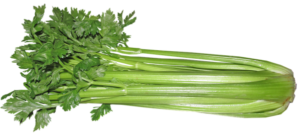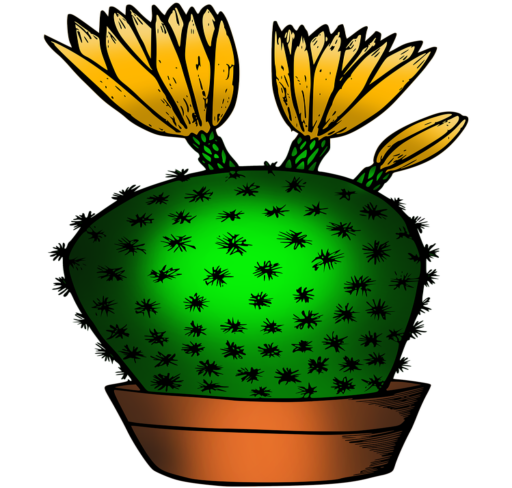Sowing Seed Indoors
Sow celery seeds in the north indoors in a warm, well-lighted area or in a hotbed about 10-12 weeks before they last heavy frost date in spring. In the South, and other mild areas, sow from fall to early spring.
Plant seeds ¼ inch deep in seed starting formula.
Firm lightly and keep evenly moist.
Seedlings emerge in 10-21 days.
As soon as seedlings emerge, provide plenty of light by growing seedlings 3-4 inches beneath LED plant lights turned on 16 hours per day, off for 8 hours at night. Most plants require a dark period to grow, do not leave lights on for 24 hours.
These tiny plants do not need much fertilizer, feed when they are 3-4 weeks old using a starter solution (half strength of a complete indoor houseplant food) according to manufacturer’s directions.
If you are growing in small cells, you may need to transplant the seedlings to 3 or 4 inch pots when seedlings have at least 3 pairs of leaves before transplanting to the garden so they have enough room to develop strong roots.
Before planting in the garden, seedling plants need to be “hardened off”. Accustom young plants to outdoor conditions by moving them to a sheltered place outside for a week. Be sure to protect them from wind and hot sun at first. If frost threatens at night, cover or bring containers indoors, then take them out again in the morning. This hardening off process toughens the plant’s cell structure and reduces transplant shock and scalding.
Planting Celery in the Garden
Select a location in full sun with a light, rich, moist to wet soil.
Prepare the bed by turning the soil under to a depth of 8 inches. Level with a rake to remove clumps of grass and stones. Work in organic matter prior to planting.
Space plants 6 inches apart in rows 18 inches apart. Be careful when transplanting as celery develops a tap root that is easily damaged.

Celery Seeds – Tall Utah 52-70, Vegetable …
Grow Heirloom Celery – Plant Tall Utah 52 – 70 Celery SeedsTall Utah is an excellent ce… [More]
How to Grow Celery
Keep weeds under control during the growing season. Weeds compete with plants for water, space and nutrients, so control them by either cultivating often or use a mulch to prevent their seeds from germinating. Avoid disturbing the soil around the plants when weeding.
Water plants well during dry periods to promote rapid, uninterrupted growth. Celery grows best when it has constant moisture, and relatively cool temperatures. It cannot tolerate high heat conditions.
Tie celery plants together to prevent sprawling and to blanch the interior.
Harvest and Preserving Tips
Harvest celery in about 115 days from setting plants in the garden.
Harvest stalks by cutting the base at soil level with a knife.
It is great as a fresh snack or diced for use as a seasoning vegetable.
Celery leaves are also edible. Eat leaves while still tender, before they become fibrous.
Collect seed after flowering and grind up or use for celery flavoring in cooking.
Wash celery after harvest, pat dry, keep refrigerated.
May be frozen for later use in cooking, but it does lose its crispness when it is frozen.
Celery leaves may be dried in a dehydrator.
Monitor for pests and diseases. Check with your local Cooperative Extension Service for pest controls recommended for your area.
